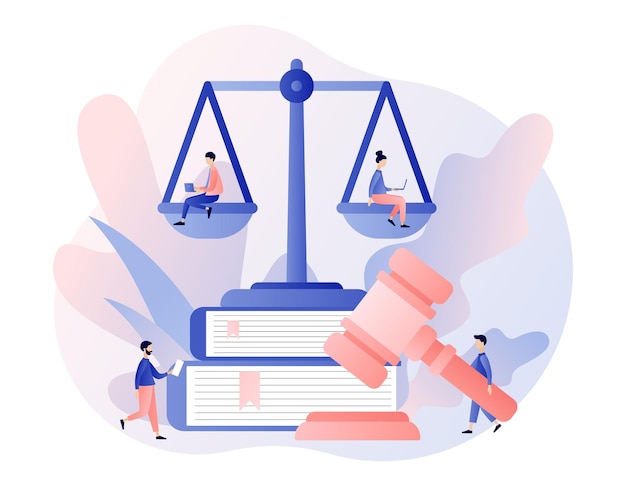Judge vs. Justice: Understanding the Key Differences

In the world of law and order, two titans often stand side by side, both integral to the functioning of a just society. These titans are judges and justices. While their titles may sound similar, they represent distinct aspects of the judicial system, each wielding unique powers and responsibilities.
Defining Judges: The Arbiters of the Courtroom
Judges, often found presiding in courtrooms, are the arbiters of the law. Their primary role is to oversee legal proceedings, interpret the law, and ensure fair and consistent application. Judges come in various forms, from those at the local level to the grand justices of supreme courts.
1. Hierarchy of Judges: Local, State, and Federal
Judges exist within a hierarchy, with local judges handling cases within a specific jurisdiction, state judges dealing with matters at the state level, and federal judges presiding over federal cases. The scope of their authority corresponds to their jurisdiction.
2. Courtroom Conduct: Maintaining Order and Fairness
One of the fundamental duties of judges is to maintain order in the courtroom. They ensure that legal proceedings adhere to established rules and protocols, allowing all parties a fair chance to present their cases.
3. Rulings and Sentencing: The Power to Decide
Judges hold the authority to make legal rulings and issue sentences. Their decisions can shape legal precedents, impacting future cases. From determining the outcome of criminal trials to settling civil disputes, judges are pivotal figures in the legal realm.
Defining Justices: Guardians of the Constitution
In contrast, justices are often associated with supreme courts and, at times, other appellate courts. Their role transcends individual cases. Justices are guardians of the constitution, entrusted with upholding the highest laws of the land.
1. The Supreme Court Justices: Interpreting the Constitution
Supreme Court justices, such as those in the United States Supreme Court, hold the weighty responsibility of interpreting the constitution. Their decisions can alter the course of legal history, impacting the entire nation.
2. Appeals and Constitutional Matters: Beyond Local Jurisdictions
While some justices handle appeals and constitutional matters at lower levels, their focus extends beyond local jurisdictions. They assess the constitutionality of laws and policies, ensuring they align with the fundamental principles outlined in the constitution.
The Key Differences: Jurisdiction and Scope
The primary distinction between judges and justices lies in their jurisdiction and the scope of their authority. Judges primarily handle cases within specific local or state boundaries. Their focus is on resolving individual disputes and legal matters. Justices, on the other hand, deal with broader issues of constitutionality and the overarching principles of law.
Judges and justices both play indispensable roles in the justice system. While judges ensure the effective functioning of local and state courts, justices bear the immense responsibility of safeguarding the constitution and guiding the nation’s legal principles. In the grand tapestry of the legal world, judges and justices are two threads that, when woven together, create the fabric of justice we all rely upon.
In conclusion, understanding the distinctions between judges and justices illuminates the multifaceted nature of our legal system. Judges serve as the pillars of local and state courts, providing resolution to individual cases. Justices, on the other hand, are the sentinels of constitutional integrity, entrusted with upholding the bedrock principles of justice. While the titles may be similar, the nuances in their roles are what fortify the legal structure, ensuring a balance between the micro and macro aspects of the law.




